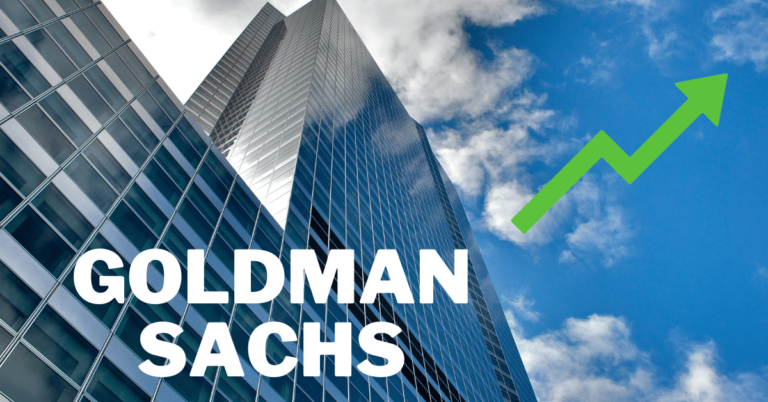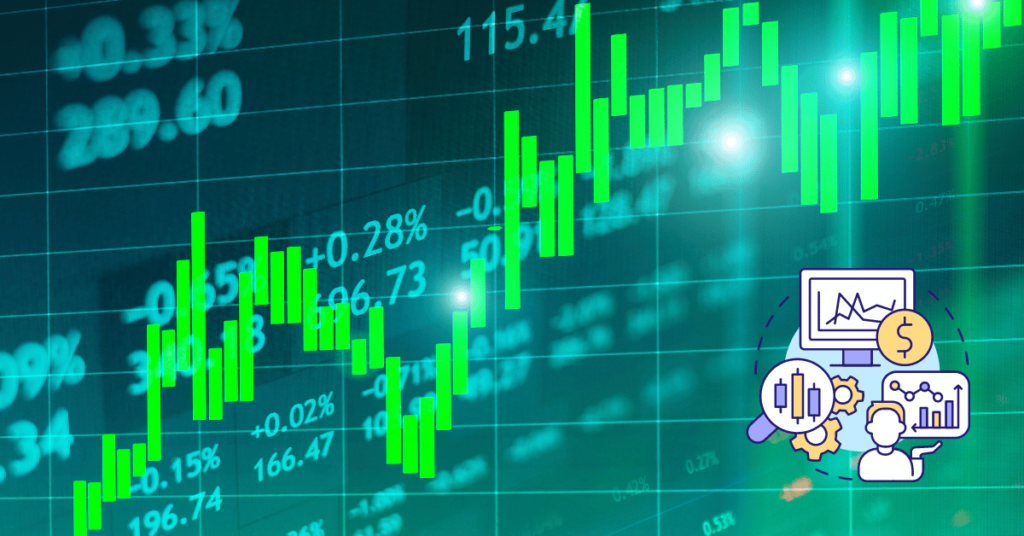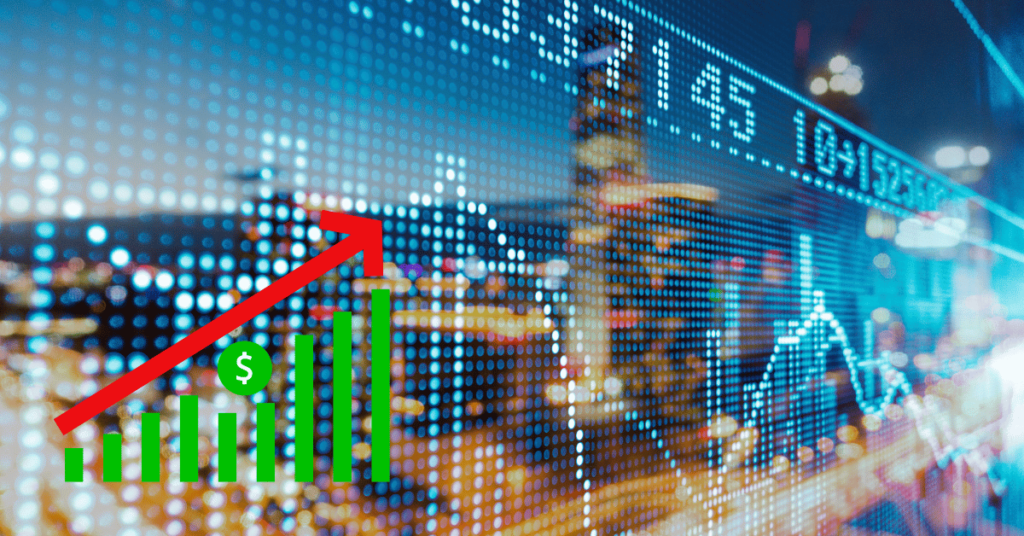Goldman Sachs (GS), a giant in the financial world, has always piqued the interest of investors, with its stock price being a major point of focus. With constant technological advancements and economic shifts, many people are eager to know where GS stock is headed.
This article delves into the forecasted stock prices for Goldman Sachs from 2025 all the way to 2060, providing insights based on current market data and trends.
Overview of Goldman Sachs

Goldman Sachs, founded in 1869, is one of the most renowned financial institutions in the world. Headquartered in New York City, the company provides a range of services in investment banking, securities, asset management, and other financial services, primarily to institutional clients. Over the years, Goldman Sachs has established itself as a dominant player, with its stock being one of the most closely monitored on the New York Stock Exchange (NYSE).
Goldman Sachs Stock Price History

Goldman Sachs has experienced numerous ups and downs in its stock price due to global economic factors, financial crises, and technological developments. Over the past few decades, GS stock has generally trended upward, thanks to its innovative strategies, resilient management, and expansion into new financial sectors.
For instance, as of today, September 6, 2024, the price of Goldman Sachs stock is $478.65. This is a significant rise from its previous lows during market dips and shows the company’s strong ability to recover and grow.
Goldman Sachs Stock Price Prediction
Goldman Sachs Stock Price Prediction 2025
By 2025, the stock of Goldman Sachs is expected to continue its upward trajectory. Despite potential market slowdowns, GS stock could still benefit from its diversified portfolio and strong global presence.
- Minimum Stock Price: $343.51
- Maximum Stock Price: $421.46
Goldman Sachs Stock Price Prediction 2030
Looking ahead to 2030, Goldman Sachs is projected to maintain a robust financial standing. With increasing investments in digital banking and fintech, the stock price may see significant growth.
- Minimum Stock Price: $601.10
- Maximum Stock Price: $630.25
Goldman Sachs Stock Price Prediction 2040
The year 2040 is likely to bring about a major transformation in global finance, and Goldman Sachs, with its futuristic approach, is expected to capitalize on these changes. With the financial sector becoming more digitalized and AI-driven, GS stock is forecasted to rise considerably.
- Minimum Stock Price: $836.77
- Maximum Stock Price: $911.63
Goldman Sachs Stock Price Prediction 2050
By 2050, Goldman Sachs is anticipated to strengthen its foothold in emerging markets and technological finance innovations. As a result, its stock price is expected to hit new heights, reflecting its dominance in the financial world.
- Minimum Stock Price: $1,120.50
- Maximum Stock Price: $1,291.04
Goldman Sachs Stock Price Prediction 2060
By 2060, Goldman Sachs is expected to be one of the top financial institutions globally, leveraging AI, blockchain, and other advanced technologies. Investors may see the stock price reaching extraordinary levels.
- Minimum Stock Price: $1,856.48
- Maximum Stock Price: $1,936.81
Goldman Sachs (GS) Stock Forecast (2025–2060)

Here’s a quick forecast table for Goldman Sachs stock from 2025 to 2060:
| Year | Minimum Stock Price | Maximum Stock Price |
|---|---|---|
| 2025 | $343.51 | $421.46 |
| 2030 | $601.10 | $630.25 |
| 2040 | $836.77 | $911.63 |
| 2050 | $1,120.50 | $1,291.04 |
| 2060 | $1,856.48 | $1,936.81 |
Technical Analysis
Goldman Sachs stock has shown a consistent pattern of growth over the years. By analyzing its 50-day and 200-day moving averages, it is clear that GS stock has remained stable despite market fluctuations. As of today, the 50-day moving average stands at $478.65, while the 200-day moving average is higher, indicating that the stock is in an uptrend.
Moreover, the Relative Strength Index (RSI) of Goldman Sachs is currently within a healthy range, suggesting that the stock is neither overbought nor oversold. This balanced technical picture indicates that GS stock still has room to grow.
Fundamental Analysis
Goldman Sachs has always maintained strong fundamentals, thanks to its diversified revenue streams, global reach, and strategic investments. The company’s price-to-earnings (P/E) ratio remains competitive, and its balance sheet is solid with a healthy market capitalization of $478.65 billion as of September 6, 2024.
Additionally, Goldman Sachs’ strong leadership and ability to adapt to new market trends have positioned it as one of the most reliable stocks in the financial sector. With an ever-expanding portfolio in digital banking, fintech, and sustainable investments, GS stock is well-positioned for long-term growth.
Conclusion
Goldman Sachs has long been a favorite among investors, and its future looks just as promising. With projected growth in digital banking, technological finance, and global investments, the stock price is expected to rise significantly over the coming decades. Whether you’re planning for the short term or looking at the long-term prospects of GS stock, it remains a strong contender in the financial sector.
Investors should keep a close eye on market trends and Goldman Sachs’ strategic initiatives to make the most of their investments. However, always conduct your own research or consult with a financial advisor before making any investment decisions.
FAQs
Is it a good time to buy GS Stock?
Yes, based on its growth trajectory and solid financial standing, Goldman Sachs stock remains a strong investment option. However, it’s always best to consider market conditions before making any decisions.
What is the GS stock price prediction after five years?
In five years, by 2029, GS stock is expected to fluctuate between $510.99 and $576.79.
How does the stock of Goldman Sachs compare to its competitors?
Goldman Sachs remains a leader in the financial industry, often outperforming its peers due to its diversified portfolio and global reach.
What factors affect Goldman Sachs’ stock price?
The stock price of Goldman Sachs is influenced by factors like global economic conditions, interest rates, company earnings, and its investments in emerging markets and new technologies.



